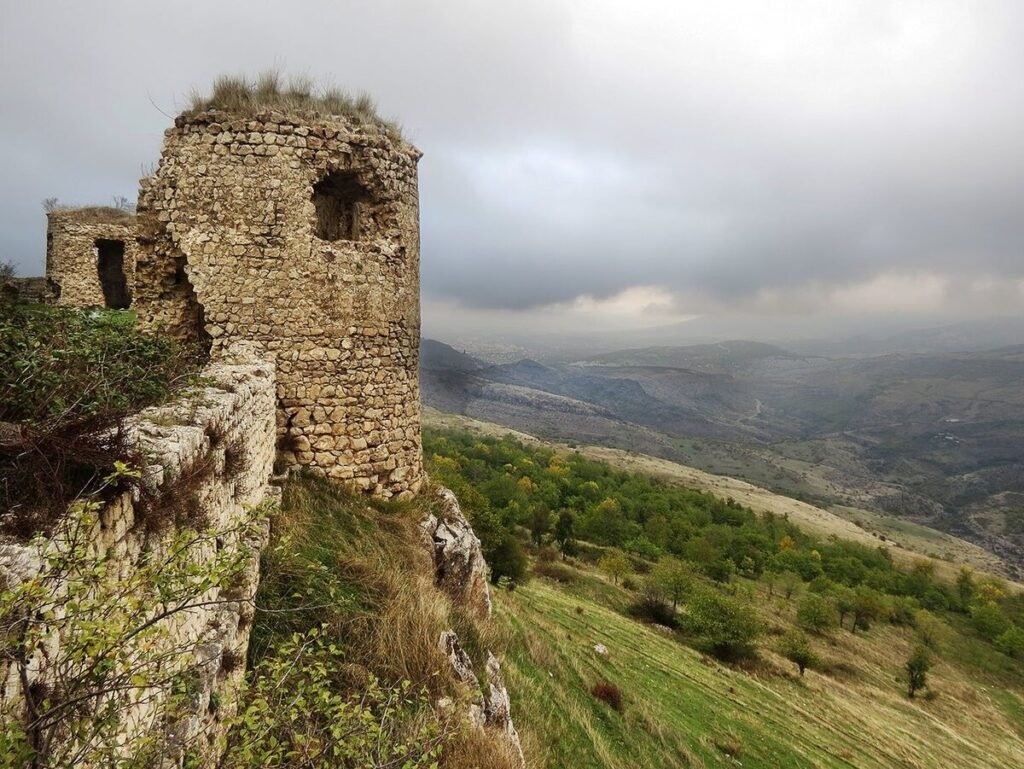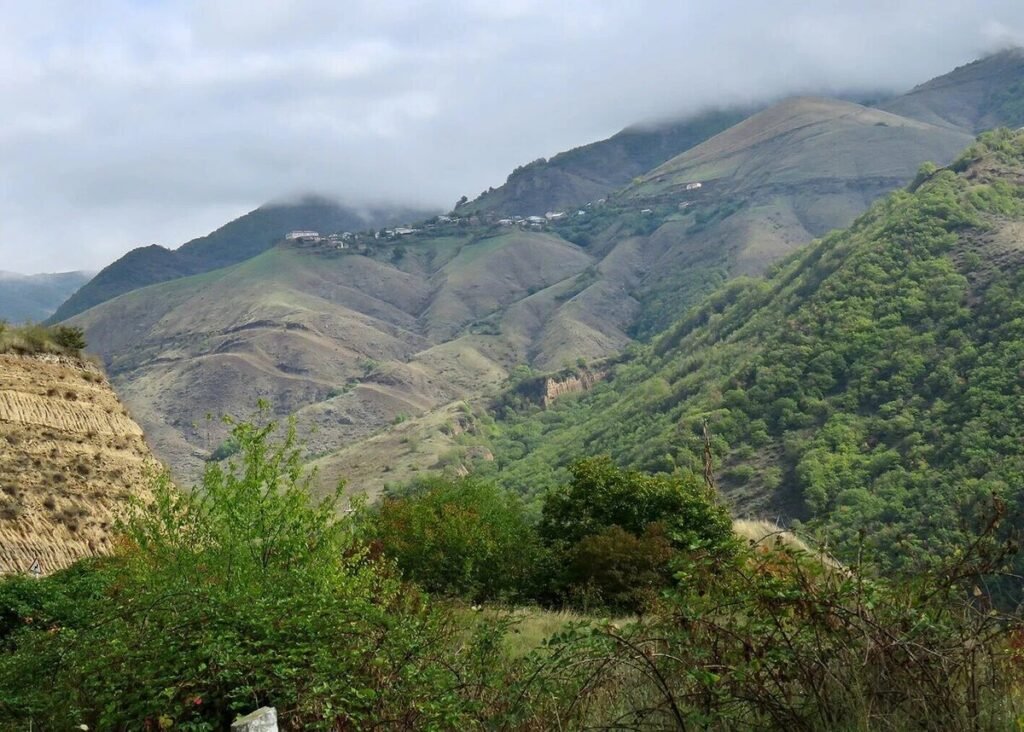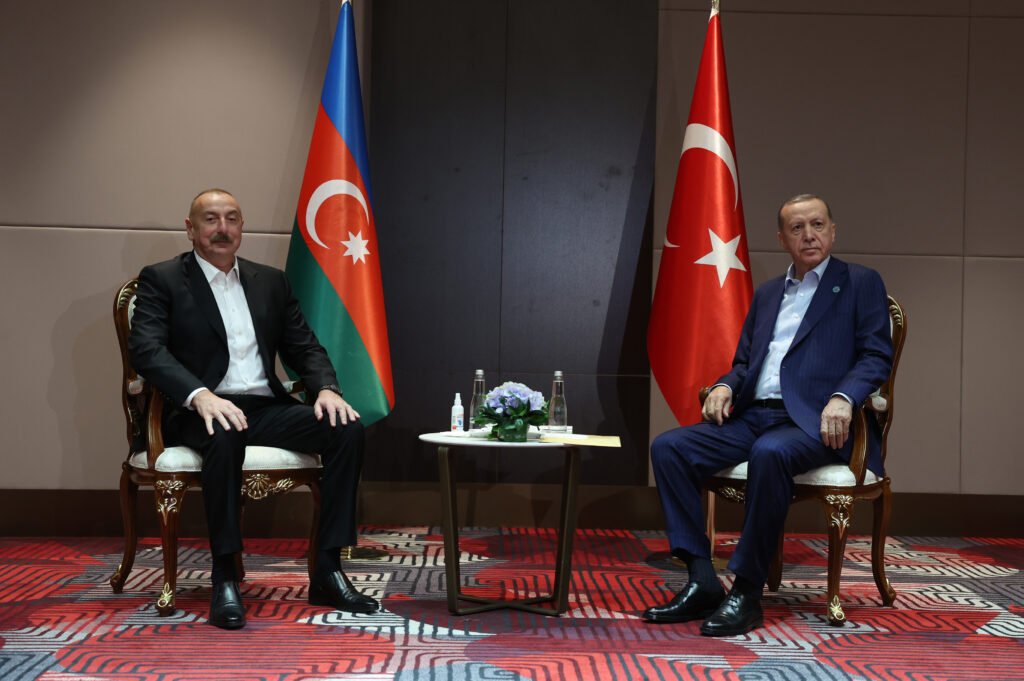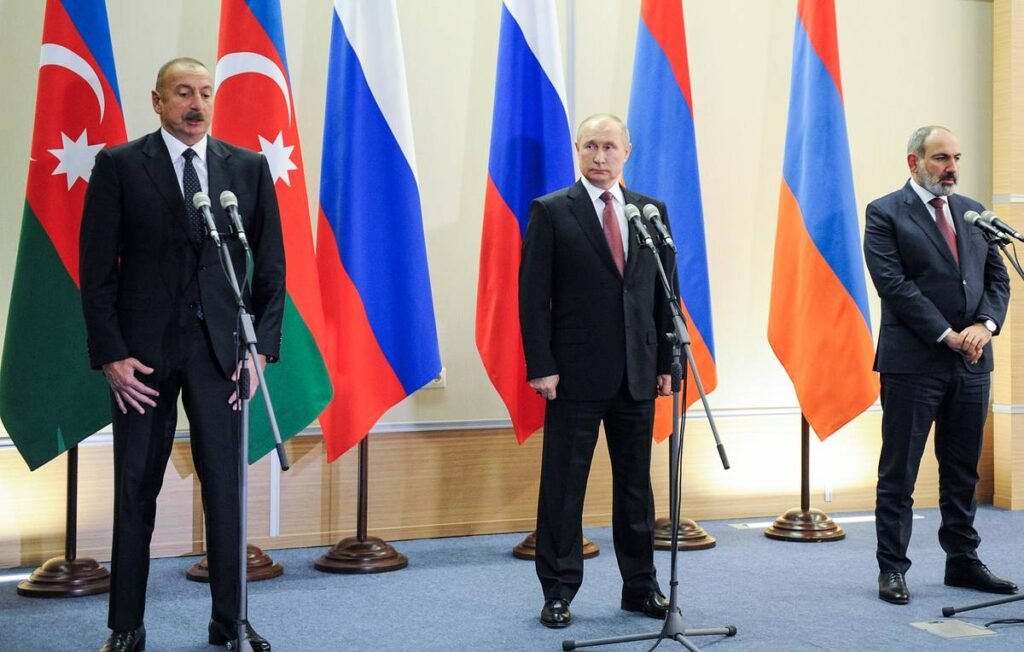The longstanding conflict in Nagorno-Karabakh reached a tragic conclusion as the remaining Armenian population fled the region after surrendering to Azerbaijani forces. This marked the end of decades of self-governance in the breakaway region, with the enclave’s government announcing that it would cease to exist by January 2024. This conflict, rooted in imperialist rivalries and complex ethnic divisions, illustrates the brutal realities of power struggles in the Caucasus, a region long contested by global and regional powers, including Russia, the United States, European imperialists, and Turkey.
Historical Context of the Conflict
The Nagorno-Karabakh conflict is deeply embedded in the history of imperialism and ethnic tensions in the Caucasus. This region has long been a battleground for empires seeking to assert their influence, with Tsarist Russia playing a major role in promoting ethnic divisions as part of its “divide and rule” strategy. This policy stoked periodic massacres and pogroms between ethnic Armenians and Azeris, a tactic mirrored by various imperialist powers over the years.
The October 1917 Russian Revolution briefly transformed the situation. The revolution, led by workers and peasants, brought an end to the Tsarist regime and promoted peaceful coexistence between the different nationalities in the region. Under the Soviet Union, Armenia, Azerbaijan, and Georgia were united in the Transcaucasian Socialist Federative Soviet Republic (SSR), and for a time, ethnic conflict subsided. However, as the Soviet Union degenerated under the bureaucratic rule of Stalin, nationalist tensions were rekindled, setting the stage for future conflict.
Following the collapse of the Soviet Union in 1991, Nagorno-Karabakh declared its independence, but this triggered a bloody war between Armenia and Azerbaijan. Despite a ceasefire in 1994, tensions simmered, and further conflict erupted in 2020. A Russian-brokered ceasefire ended the fighting, but the core of the self-administered region, including the city of Stepanakert, remained under Armenian control. However, by 2023, Azerbaijan launched a final assault on the enclave, forcing the remaining ethnic Armenian population to flee.
The Role of Imperialist Powers
At the heart of this conflict lies the rivalry between imperialist powers, who have used the region’s ethnic divisions to further their own geopolitical interests. Russia, once seen as a protector of Armenia, has shifted its focus due to its entanglement in the war in Ukraine, leaving Nagorno-Karabakh vulnerable to Azerbaijan’s advances.

Azerbaijan, backed by Turkey, seized the opportunity to assert control over the region, with little resistance from Russia, whose military presence in the region had become a mere formality.
Western powers, particularly the United States and the European Union, have also demonstrated their hypocrisy in handling the situation. While professing support for human rights and national sovereignty, they have remained largely silent as Azerbaijan consolidated its control over Nagorno-Karabakh, driven by their own economic interests. European countries, desperate to secure alternative energy supplies in the wake of sanctions on Russia, have turned to Azerbaijan as a key energy partner. This economic relationship has allowed Azerbaijan to act with impunity, despite widespread human rights violations against the Armenian population.


Lessons of the October Revolution
The Armenian tragedy in Nagorno-Karabakh serves as a stark reminder of the limitations of relying on imperialist powers for the protection of national rights. As history has shown, imperialist powers are only interested in promoting their own economic and strategic interests, often at the expense of smaller nations. The October Revolution of 1917 demonstrated that only the working class, devoid of material interests in the oppression of other peoples, can lead the fight for genuine self-determination and international solidarity.Trotsky’s writings on the Soviet policy in the Caucasus highlighted the potential for peaceful coexistence when workers, regardless of nationality, united in common struggle. The Soviet Union’s early success in fostering cooperation among different ethnic groups was a testament to the power of internationalism and socialism. However, the degeneration of the Soviet Union and the return of nationalist rivalries underscore the need for a revolutionary working-class movement that transcends national boundaries.
The Path Forward
As we witness the tragic end of Armenian self-determination in Nagorno-Karabakh, it becomes clear that the rights of small nations cannot be guaranteed under capitalism and imperialism. The interests of the ruling classes in Russia, Turkey, and the West are driven by profit and power, not by a genuine concern for human rights or national sovereignty. The working class, both in the region and internationally, must reject the divisive politics of nationalism and imperialism and instead build a united struggle for socialism.
The only solution to the ongoing conflicts in the Caucasus, as well as similar struggles around the world, lies in the overthrow of capitalism and the establishment of a socialist society based on cooperation, equality, and the common good. This is the path to true self-determination and lasting peace. Only through international workers’ solidarity can we put an end to the exploitation and oppression that continue to plague the region.
In October 2023, as the world grapples with multiple crises—from imperialist wars to economic collapse—the lessons of the October Revolution and the struggle for workers’ power remain more relevant than ever. It is only by raising the banner of internationalism and socialism that we can hope to overcome the forces of imperialism and build a better future for all.



